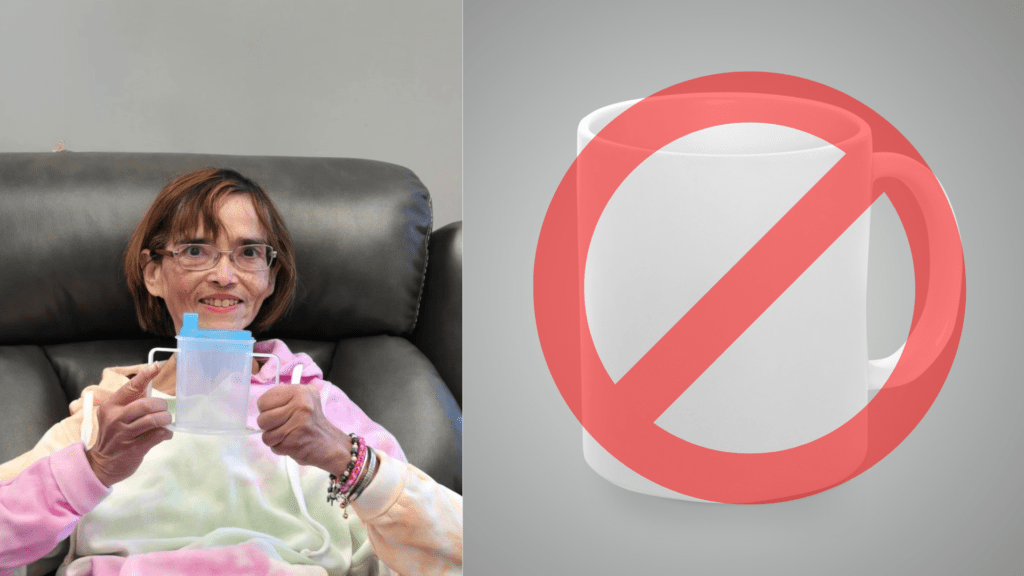Overview of Accessibility and Inclusion Laws in Australia
Every Australian has the right to shop in comfort and safety. Under the Disability Discrimination Act 1992 (DDA), businesses—especially retail centres—must ensure people with disabilities have equal access to goods and services. This means malls, stores, and public venues must actively remove barriers or provide reasonable adjustments.
State-level legislation, including the Disability Services Act in various regions, reinforces these rights. Recent policy updates aim to strengthen access requirements and encourage inclusive design.
If accessibility features are missing, or assistive technology is unavailable, you’re within your rights to raise the issue. Australians expect equal access and the law supports you.
Key Rights Every Shopper Should Know
Right to Equal Access
You’re entitled to enter, move around, and use retail facilities as independently as others. That includes using wheelchairs, e-scooters, mobility scooters, or walking aids.
Right to Accessibility Services
If assistance devices—wheelchairs or scooters—are offered, they must meet minimal safety and usability standards. Automatic doors and ramps should be available at all public entrances.
Right to Non-Discriminatory Treatment
Staff must treat you with respect. They cannot refuse service based on disability or show bias. You have a right to ask for help or reasonable adjustments without judgment.
Right to Accessible Facilities
Services like fitting rooms, toilets, customer service counters, checkout lines, and seating areas must be accessible. A disability or mobility aid should not limit your use of these spaces.
Right to Safe Environment
Retail premises must maintain accessible paths, non-slip flooring, appropriate lighting, clear signage, and smooth pathways.
Common Violations of Accessibility in Retail
Unfortunately, many shoppers still encounter barriers such as:
- Store entry with steps or narrow doors
- Aisles too narrow for scooters or bigger wheelchairs
- Blocked access due to temporary displays or clutter
- Inaccessible fitting rooms and toilets
- No elevators in multi-level malls or poor signage
- No Access to disable toilets because they have become a storage room
These issues go beyond inconvenience—they are breaches of access law. They disproportionately impact people with reduced mobility and often result in stress or exclusion.
How to Request Assistance or File a Complaint
Step 1: Ask the Manager or Staff
If you can’t access something or need assistance, speak with staff politely. Ask for ramps, equipment, or alternative access.
Step 2: Contact the Business Directly
If the issue isn’t resolved, write a note or email to the centre or store management. You can request specific fixes or accommodations.
Step 3: Reach Out to an Advocacy Group
Bodies like Disability Advocacy Network Australia or State Disability Commissions can offer support in lodging complaints or negotiating solutions.
Step 4: File a Formal Complaint
If discussions don’t work, you can lodge a complaint with the Australian Human Rights Commission. The Commission can mediate or take legal action under the DDA.
Step 5: Share Feedback Publicly
Posting reviews or social media updates about accessibility experiences helps raise awareness. It often prompts businesses to act more promptly.
Tips for a More Accessible Shopping Experience
- Research if the centre offers wheelchair or scooter hire before you go
- Call ahead and ask about accessible entrances and toilets
- Visit during quieter hours if crowds make navigation difficult
- Travel with a support person if you need assistance navigating
- Share feedback (positive or constructive) with the centre—your comments help improve the space
At Assistive Tech Hub, We Support Your Rights and Retail Change
Our mission is to help make every shopping centre in Australia more inclusive. We work with retailers, centre owners, and accessibility experts to implement assistive technology, better facility design, and practical training.
If you’re a shopper who faces barriers, share your experience with us. Retailers and centre operators reading this can reach out for guidance on installing mobility-friendly equipment, upgrading accessible pathways, and training staff in disability awareness.
Need assistance or want to partner with us to improve access? Contact Assistive Tech Hub today.
FAQs
Q: Can a store legally refuse entry to someone using a mobility scooter?
No. Denying access based on disability or assistive device violates the DDA. The business must support safe and reasonable use of such devices.
Q: What if a shop doesn’t have a ramp or accessible entrance?
You can request assistance or access via an alternative entrance. If it remains unresolved, file a complaint with management or the AHRC.
Q: Are there standards for assistive devices offered in stores?
Yes. Mobility devices must meet safety and usability criteria. They must be maintained and available for customer use when advertised.
Q: How do I report poor accessibility anonymously?
You can submit a complaint to a state disability services body or the Australian Human Rights Commission without sharing personal details publicly.
Q: What awareness can retailers gain by talking to users?
Hearing real-life experiences helps staff and owners understand barriers. Collaborative feedback drives real change in store design and service.
Ready to Make a Change?
Everyone has the right to an accessible and dignified retail environment. Accessibility is not a privilege—it’s a legal and moral expectation in Australia. Whether you are a shopper, carer, or business operator, understanding these rights empowers action.
Share this article to raise awareness and partner with us to support retail inclusion at Assistive Tech Hub
Together, we can build a retail landscape where accessibility is the standard, not the exception.



